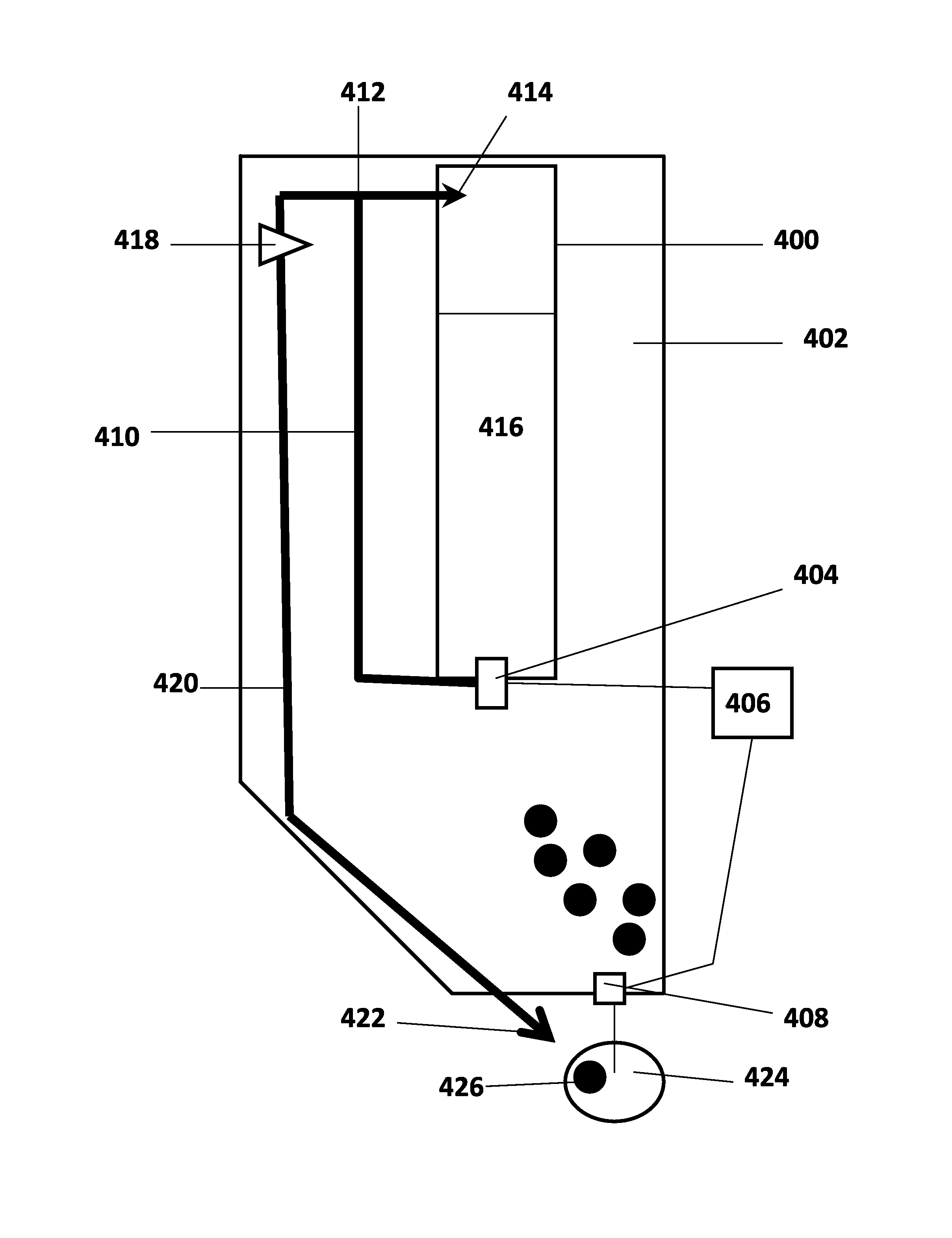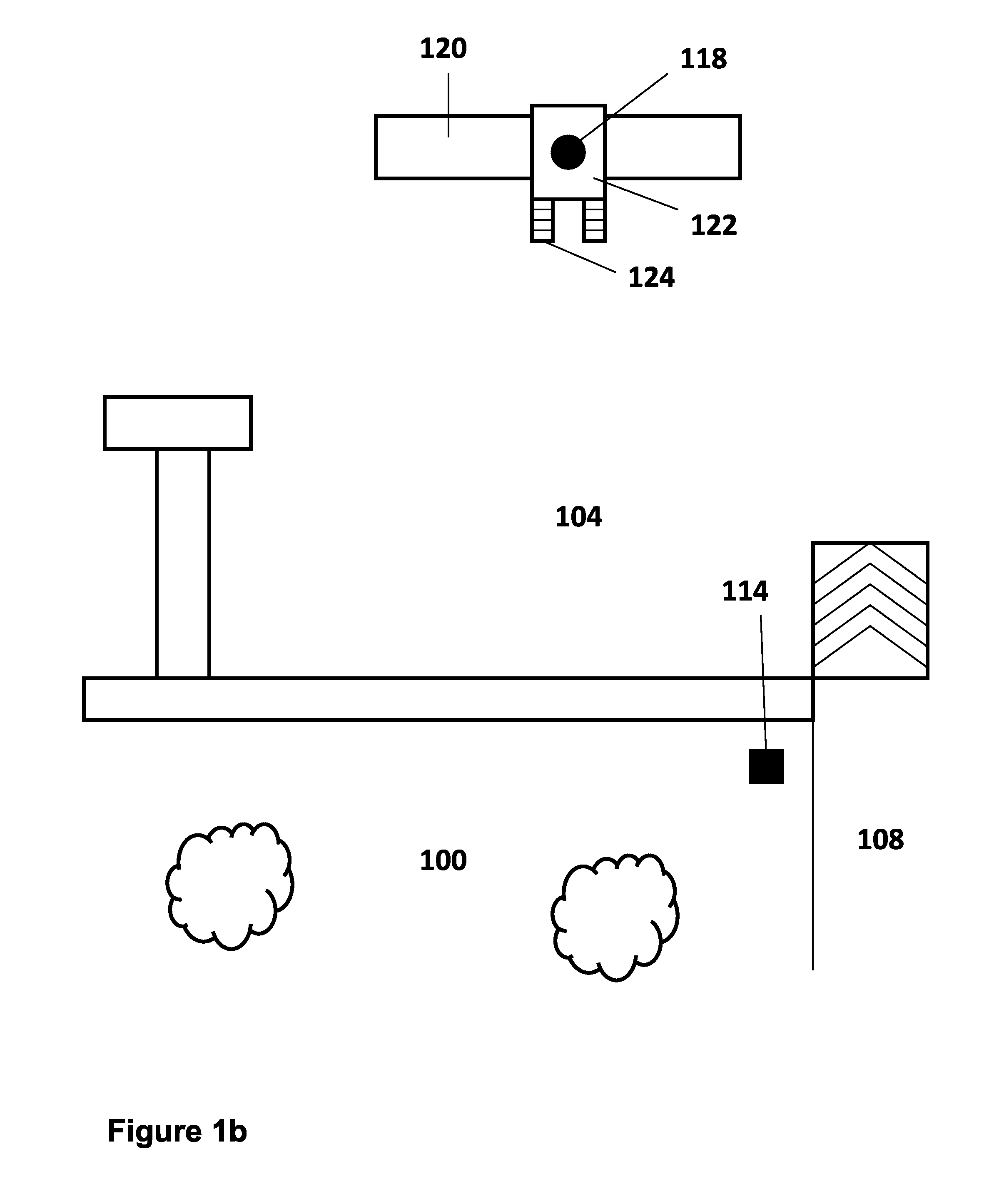Method and Apparatus for Controlling Herbivore Fowl Populations
a technology controlling methods, applied in the field of methods and apparatus for controlling herbivore fowl populations, can solve the problems of increasing conflicts between man and bird, reducing natural predation of animals such as foxes, coyotes and wolves, and varying severity of interactions
- Summary
- Abstract
- Description
- Claims
- Application Information
AI Technical Summary
Benefits of technology
Problems solved by technology
Method used
Image
Examples
example 1
Comparative Example
[0101]A problem was experienced with a nuisance population of approximately one hundred Canada Geese in a multi-use park area. The area was approximately 20,000 square feet, with shortly cropped grass, shady areas, and both a gently sloping lawn descending to the water as well as boat ramps extending into the water. In total, approximately 125 lineal feet of the area provided favourable access for geese to move between the water and the grassy area, with the remainder of the grassy area bordered by water being raised sea walls that were not attractive entry points but still suitable as an escape route for the geese. As in many instances with nuisance waterfowl populations, modifying the landscape to discourage geese was deemed to be impractical and undesirable to the humans who also wish to use the same space. For example, it was deemed impractical to allow the grass to grow to longer lengths in the widely used park area and also deemed impractical to eliminate or...
example 2
Use of Adulterated, Repellent-Treated, Feed and Non-Adulterated Feed to Control Goose Populations in a Recreational Area
[0104]Owing to the problems encountered with both wide-scale repellent spraying and the use of repellent-treated feed on its own, a new approach to controlling the goose population at the site of Example 1 was developed. In this new approach, both repellent-adulterated feed in the form of cracked corn treated with methyl anthranilate, and non-adulterated feed (also in the form of cracked corn) was used. By using non-adulterated feed as an attractant, it was found that the geese were quickly and effectively lured away from the desirable grassy area by providing a more desirable food as an alternative to the grass upon which the geese had been feeding. It was also found that the use of a more attractive food source allowed the geese to be moved to non-traditional feeding sites that did not have short-cut grass.
[0105]In this approach to controlling the goose populatio...
example 3
Use of Adulterated, Repellent-Treated, Feed and Non-Adulterated Feed to Control Goose Populations at a Cottage
[0111]Using feeders of the same design as described in Example 2, a population of approximately one hundred Canada geese that had for a number of years been considered a nuisance population at a residential cottage fronting onto a lake was targeted. The site was made particularly attractive to the geese owing to the presence of a large lawn between the cottage and water. In this application of the present invention, as depicted in FIG. 2, repellent station 114 was installed adjacent to access 200 to grassy area 100 where the geese entered the property when emerging from water 104. Access to grassy area 100 from water 104 was restricted by dock area 202. Owing to the lack of a suitably sized area that could serve as an alternative feeding site on land, attractant stations 118 were installed on a man-made rock breakwater 204 that extended from the shore into water 104 on one s...
PUM
 Login to View More
Login to View More Abstract
Description
Claims
Application Information
 Login to View More
Login to View More - R&D
- Intellectual Property
- Life Sciences
- Materials
- Tech Scout
- Unparalleled Data Quality
- Higher Quality Content
- 60% Fewer Hallucinations
Browse by: Latest US Patents, China's latest patents, Technical Efficacy Thesaurus, Application Domain, Technology Topic, Popular Technical Reports.
© 2025 PatSnap. All rights reserved.Legal|Privacy policy|Modern Slavery Act Transparency Statement|Sitemap|About US| Contact US: help@patsnap.com



